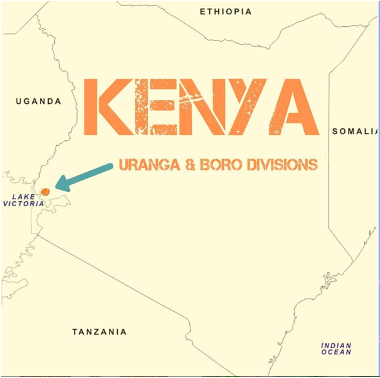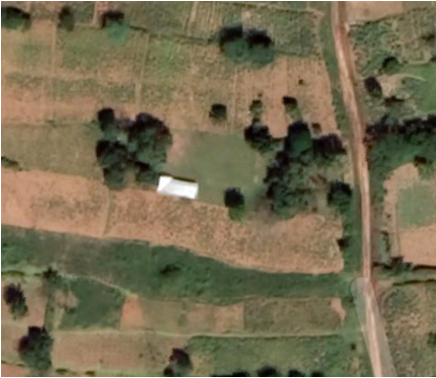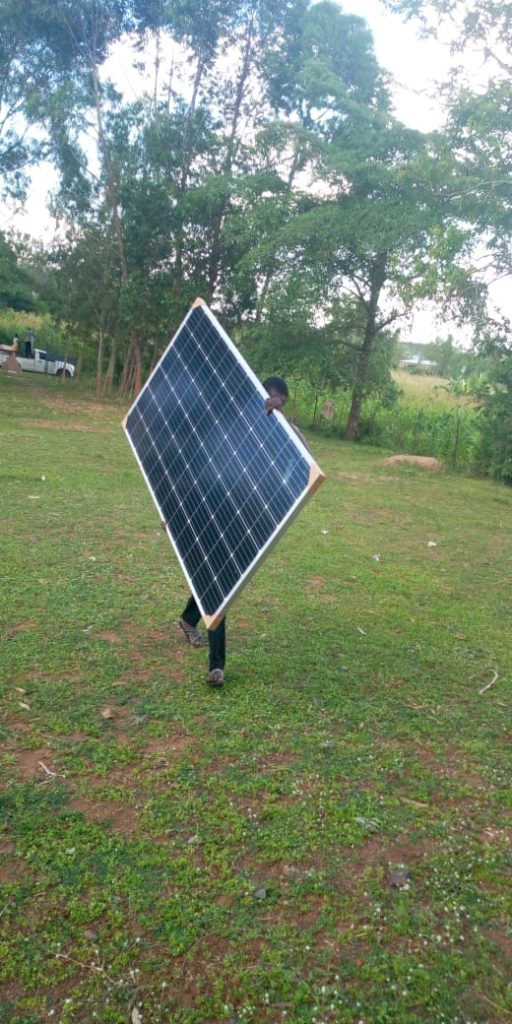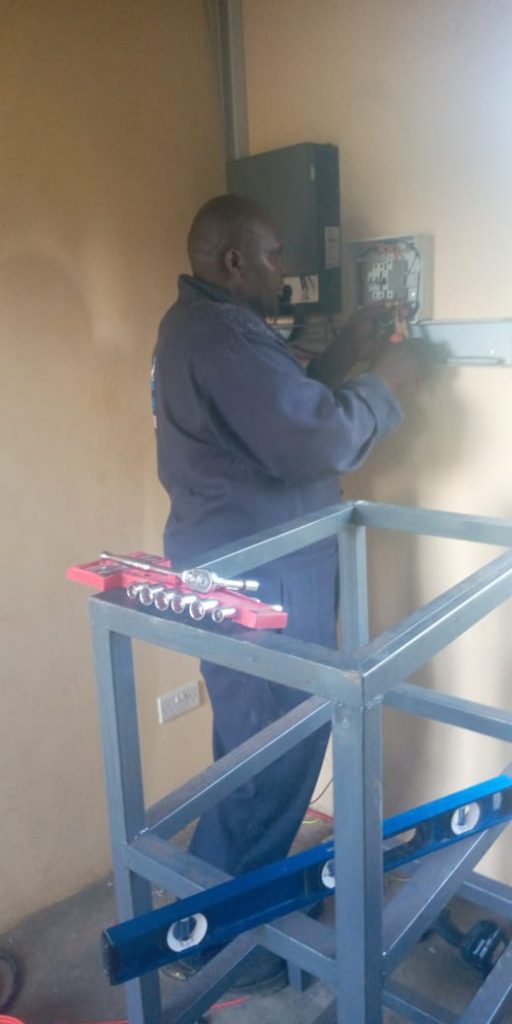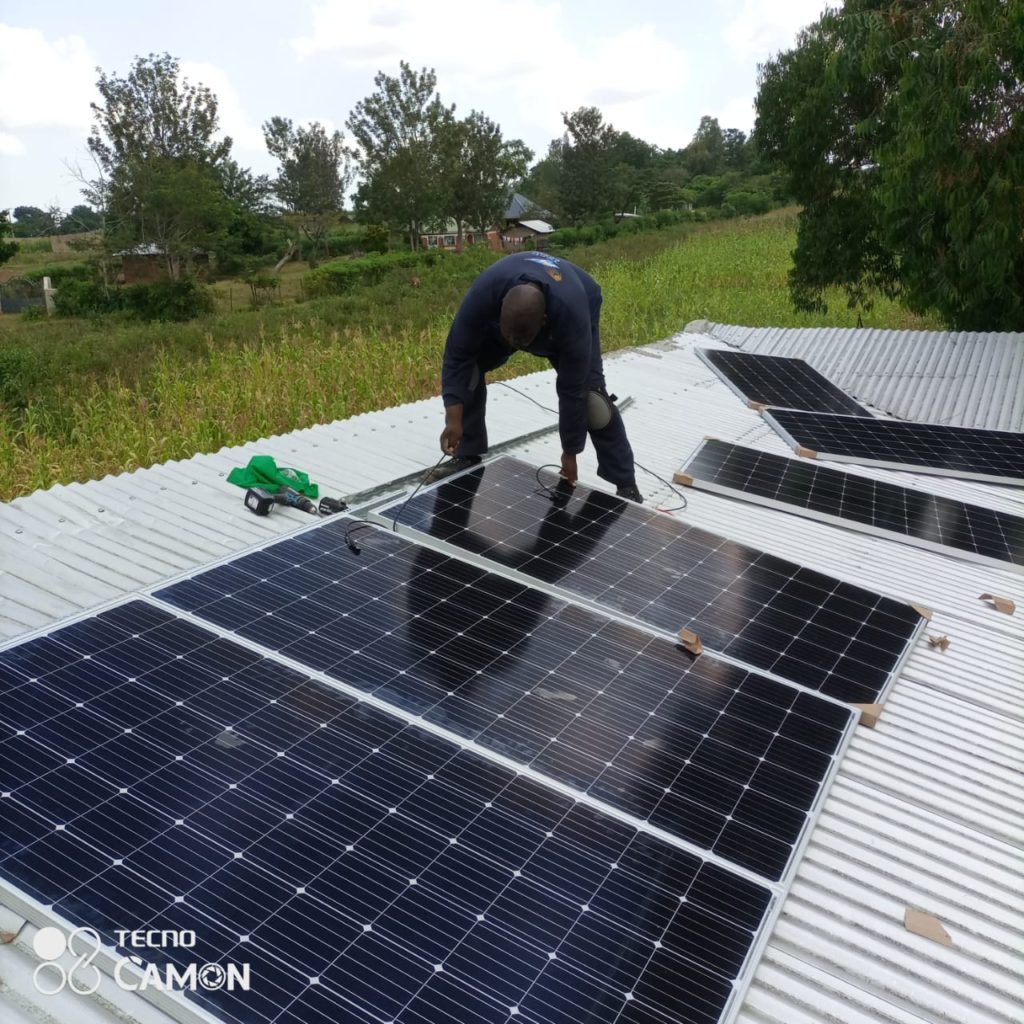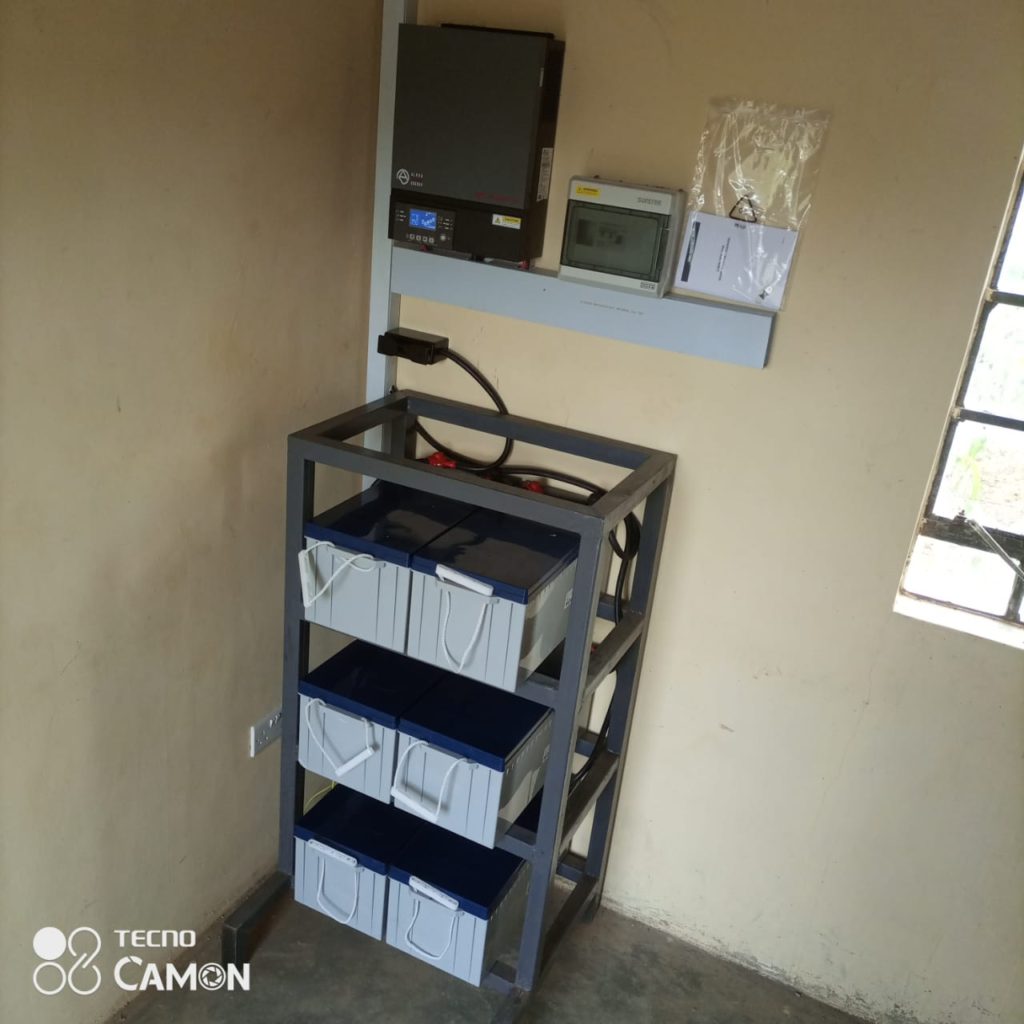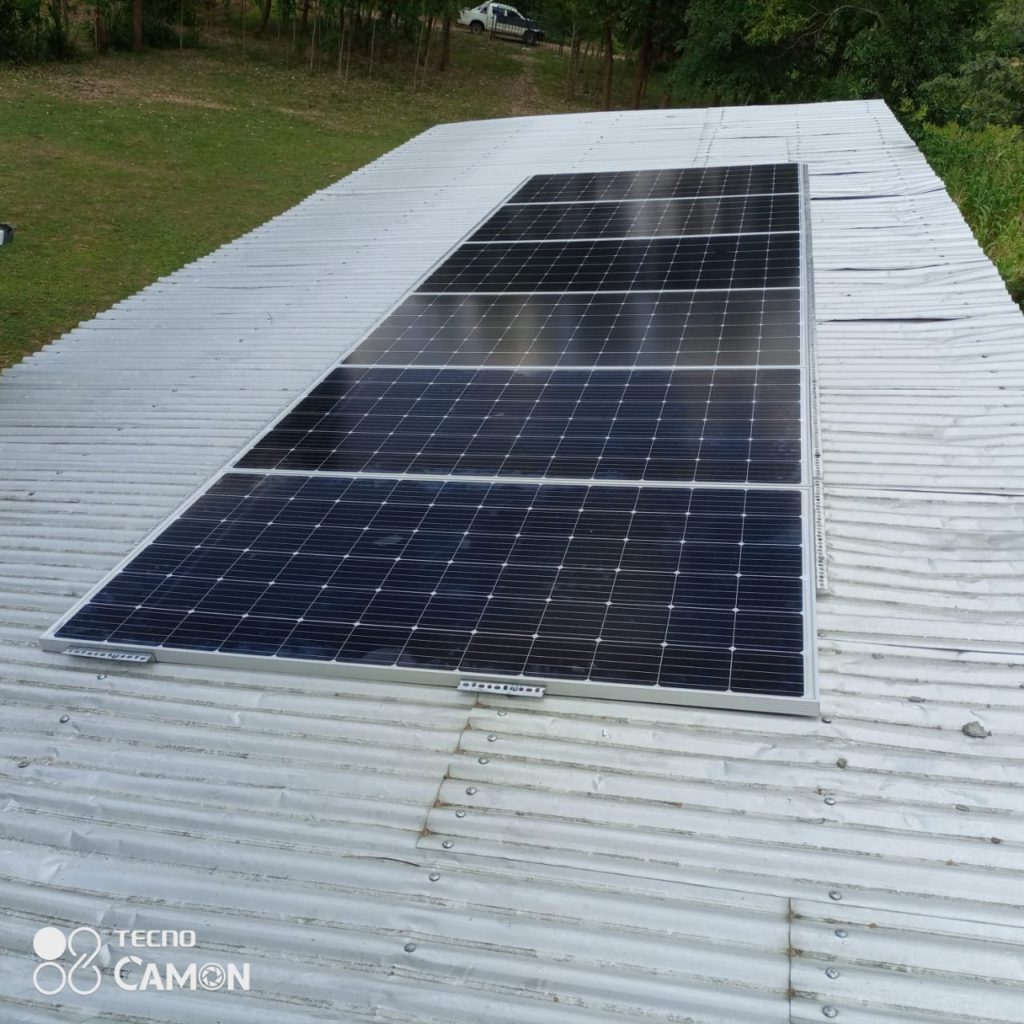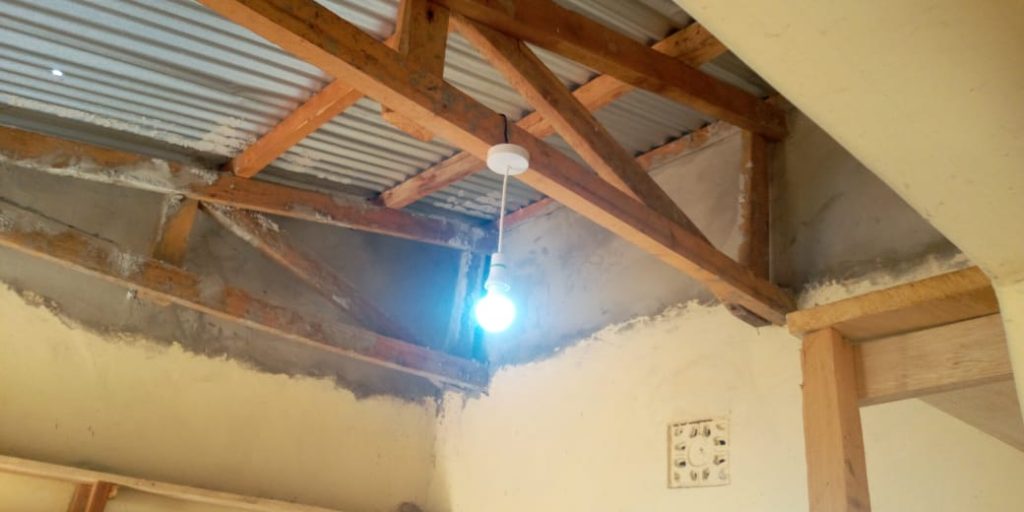Between January-June 2021, I worked together with an Australian NGO, Positive Aid, to help them select and install solar panels and a battery in their headquarters in Uranga, a remote part of Kenya that is not connected to the grid. It was a fantastic experience and there is so much potential for this system to help the local community in many different ways. I thought I would share what I learnt, what worked well, and what to look out for – in case anyone in a similar situation stumbles across this blog.
A bit of background
Positive Aid is an Australian NGO founded and run by our neighbour, Jess Alvarez, based in Melbourne. They do amazing work in three key areas: health literacy, HIV/AIDS outreach, and Maternal Child and Newborn Health. In twelve years of operation, Positive Aid has helped tens of thousands of people receive access to healthcare and health education, whilst only incurring overheads of around 6%. If you look at their website and social media posts, you’ll quickly learn that this is an organisation that believes in fundamental, lasting change, driven by local, grassroots involvement. My wife Keira and I were inspired as we gradually learned more about the work being carried out, and we have now been supporters for many years (with Keira even joining the Positive Aid board).
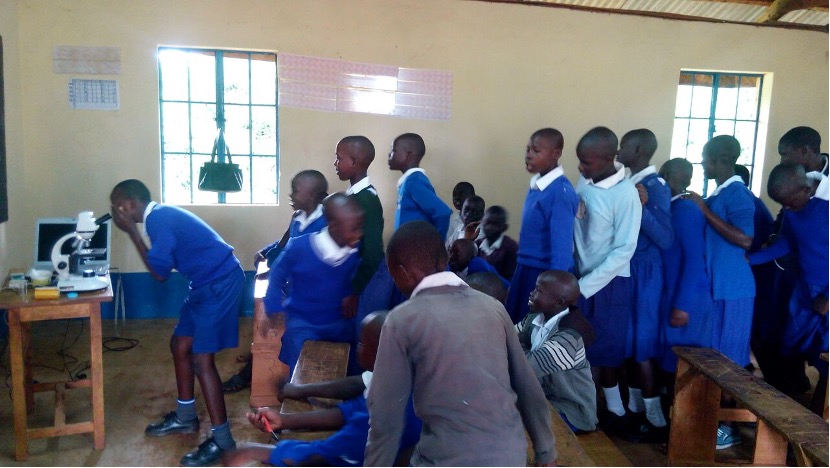
In 2020, whilst I was still at IBM Research Australia, IBM ANZ made funding available for projects connected to organisations that employees volunteered with or contributed to. We knew that Positive Aid and its workers did not have access to ongoing electrical power, which made it difficult to conduct effective monitoring and reporting, and which limited the range and effectiveness of their health literacy activities. This included the use of microscopes to teach local people about germs, safe water, and most urgently, COVID-19 – lifesaving matters in poor rural villages. It seemed like this call for funding was an ideal opportunity to use our expertise at IBM to help them look into the use of a solar PV + battery system, in order to overcome these challenges. We applied for funding, and we were successful.
The role of our supporting team at IBM was to help Positive Aid navigate the process of understanding what sort of system specs and components they needed (panels, battery, inverter) and to help them determine how to source and install these. We jumped straight into the task!
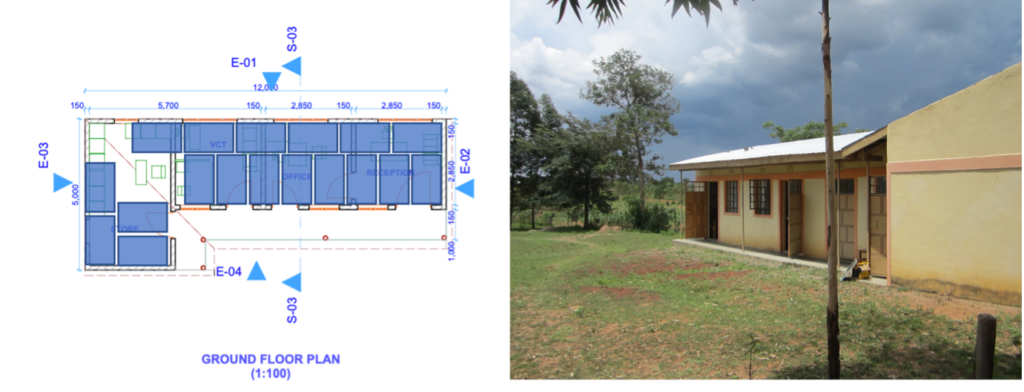
Understanding solar generation potential
First, we evaluated the site to understand its solar generation potential. The “headquarters” is a small, simple structure built from local materials, with a sheet metal roof. Jess provided photos and even had a site plan from when it was first built. We were able to determine the dimensions of the roof, and to estimate how many panels could be fitted on, using standard panel sizes as an initial estimate. It turned out that there would likely be enough space for up to 18 panels on the roof. Conservatively assuming a per-panel capacity of 260W (which is low these days), this meant that the site had potential rooftop space for a total capacity of close to 5kW, which (as we already guessed) was far more than would be needed. In principle we could have explored the potential for additional panels on other structures, or even on some ground-based mounting system – but in the end this wasn’t necessary.
The next step was to estimate solar insolation for the site, to determine (i) how much solar we could expect to generate, (ii) what the seasonal differences would be from one time of the year to the next, and (iii) whether we needed to be aware of extended periods of cloudiness (which for solar + battery systems can impact the choice of battery size). The site is located in Uranga, a remote part of western Kenya, close to the border with Uganda. Following an online search, we identified a couple of really helpful tools:
- the PVGIS dataset, which uses satellite data sourced from “ECMWF ERA-5, produced by the European Centre for Medium-range Weather Forecast (ECMWF).”
- renewables.ninja, built by Stefan Pfenninger and Iain Staffell, which uses CM-SAF’s SARAH dataset
Both gave fairly similar data estimates when we compared them. A big, big thank you to the people who make these handy tools available!
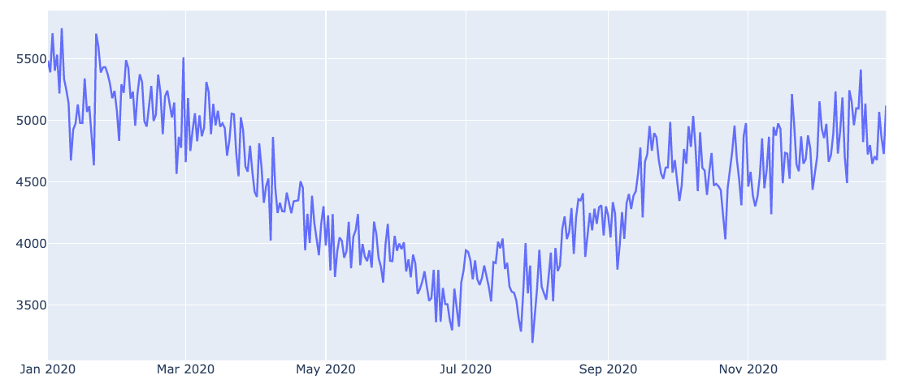
These tools allowed us to generate and inspect several years of solar insolation data for that specific location, and even to estimate actual power output of a solar PV system. Whilst there were obviously seasonal differences, there did not seem to be a significant risk of extended periods of time without at least a little bit of sunshine. In other words, there was no particular need to oversize the battery. More specifically, we found that a 1kW (approximately 4 panels) solar PV system would generate, on average, between 3.5 and 5.5 kWh per day.
Understanding energy demand
That sorted the generation, but what about the demand? How much energy did Positive Aid need at the site? How much energy would they be needing for their future activities? This was a slightly more difficult question to answer, and I needed a lot of help from Jess and Alice Mitchell, the Vice President of Positive Aid, and midwife/ PhD in public health, to better understand this.
The majority of Positive Aid’s requirements are really only very small – charging a laptop, charging a mobile phone, running a monitor to show the outputs of a microscope, running lights after sunset. However, Jess has ambitions for the site to become more than just an office, and dreams of one day running a health centre or even a birthing clinic there. Although our project budget likely wouldn’t enable us to support such an endeavour at this stage, we decided to scope out the requirements – just to know what would be needed if this were to be possible in the future. We decided to explore what the daily energy requirements of four different scenarios would be: (i) existing requirements; (ii) existing requirements plus additional income generating activities; (iii) a health centre; and (iv) a birthing centre.
I sat down with Jess and Alice and learned about many health-related appliances that I had never heard of before. A health centre would need an autoclave and a hemocue, radiant heaters and an IV pump, among many other essentials. We managed to broadly approximate both what the instantaneous power requirements would be, and what the energy demand across a 24-hour period might be.
I won’t include the full analysis here, but in short, the simplest scenario (existing requirements) only required about 400Wh per day, while the most complex (birth centre) required at minimum 10.5kWh per day.
To understand how such a daily demand figure can be converted into a solar PV system size, we needed to know the capacity factor for solar PV in Kenya – in other words, how much a given system may generate over the course of a day, based on its peak generating capacity. This can depend on system tilt, orientation, and many other factors, but we used 0.15 and considered this to be a reasonably conservative estimate.
We also wanted to understand the expected cost of each scenario, so we needed some estimate of the approximate cost per installed Watt. In Kenya, this is still significantly higher than other countries where the scale and speed of installation has brought costs down. We were advised by a local contact based in the solar industry in Kenya that somewhere in the range of US$4.00 to US$4.50 per Watt was to be expected.
In short, our expected minimum system costs ended up as per the table below. Based on our budget and project expectations, we decided to target Scenario 2: existing requirements plus additional income generating activities. This meant we needed a system with a generating capacity of at least 1kW (which is only 4 panels), and a battery of at least 1kWh. For those of us living in Australia, that is a tiny system! But for the modest energy requirements of an office in remote Kenya, this amount of energy provision, including after sunset (due to battery), is a massive help that can make a big difference for many people.
| Scenario | Minimum installed cost (US $) |
| 1. Existing requirements | 3000 |
| 2. Existing requirements – plus additional income generating activiites | 4500 |
| 3. Future usage – Health Centre | 12,200 |
| 4. Future usage – Birth Centre | 13,100 |
Finding an installer
The state of the solar PV industry in Kenya is fascinating, with many different players at different ends of the spectrum. Large scale solar is starting to gather momentum, but perhaps there has been even more progress at the very small-scale end-user level. There is a great article by Mark Hankins that delves deep into this history and explains the dynamics at play – definitely worth a read!
In the end we obtained quotes from five different installers – some that we identified directly on the internet, and others that were recommended by friends or colleagues. Whilst there was a significant variability across all of the quotes, they were broadly in line with the quality of the components included in each quote. In other words, some installers gave a quote that was easily within our budget, but used brands of inverters and batteries for which we were not convinced of the component quality; others provided quotes way beyond our budget, but for good reason (since they included top-of-the-line hardware). As always, our final decision was a trade-off between available budget and system requirements – we wanted to be sure that this system would last for more than 10 years, but had to do our best to stay close to our available budget. Even then, for the system that met our minimal requirements we still had to seek some additional support to make up the shortfall. Many of Positive Aid’s supporters and our friends stepped up to the task, and we were incredibly grateful for many generous donations that ultimately brought this project over the line!
We ultimately settled on a system having 6 panels (Amerisolar, 360W each), 6 lead-acid gel batteries (Ritar, 200Ah each), and a quality inverter (Alpha Outback, 3kVA). The inverter is slightly oversized but this would make the addition of further panels in the future easier (no need to upgrade inverter). In fact, the system as a whole exceeds the needs identified for our Scenario 2, but given that lead-acid batteries last considerably longer when they are under-utilised, this seemed like a sensible decision to ensure system longevity.
Installation, and many benefits, we hope!
Finally, the exciting installation day arrived. We were thrilled when the first pictures were sent to us, showing the system being put in place. Local staff were excited when the lights were turned on for the first time. The system was up and running!
This solar PV + battery system is now powering Positive Aid’s office in Uranga, which is fantastic news. However, we have high hopes that the benefits of this system will far exceed simply powering one site. For one thing, we hope that it will enable modest revenue generating opportunities, such as allowing local villagers to charge their mobile phones or battery packs. These battery packs, in turn, will enable families to power lights, radios, and small electrical devices in their homes, so that school children can study after dark, villagers can connect with current affairs, and people can benefit from some of the most simple electronic appliances we tend to take for granted in many other parts of the world. In addition, we hope that the availability of electrical power will further turn the headquarters into a more active local hub, where villagers meet Positive Aid staff and have an opportunity to receive health literacy education. Finally, we hope that this system provides a positive local example of the benefits and value of distributed off-grid solar PV and storage – powered by clean, green, renewable energy, and providing energy independence. As the local team starts to understand the system and learn to use it, it will be fascinating to see how many of these opportunities are realised.
Thank you
This project would never have been possible without the generous support of IBM ANZ Australia. We are also incredibly grateful for many further donations from Positive Aid supporters, and our friends and family, that helped secure the necessary shortfall. The impact of this system will be felt throughout the community for many years to come, and all your donations will improve countless lives, and extend Positive Aid’s reach far beyond what has been possible until now. Thank you!
The team at IBM Research Australia that helped out included Ramachandra Kolluri, Arun Vishwanath, Josh Andres, Peter Ilfrich, Fatemeh Jalali, and Iven Mareels.
At Positive Aid, Alice Mitchell provided invaluable advice on energy requirements, Keira de Hoog did an amazing job of helping to promote the project and drive the fundraisers we needed to get the project over the line, and of course Jess Alvarez has driven the whole project from its inception.
Follow the rest of the journey on social media! And consider becoming a supporter of Positive Aid.
